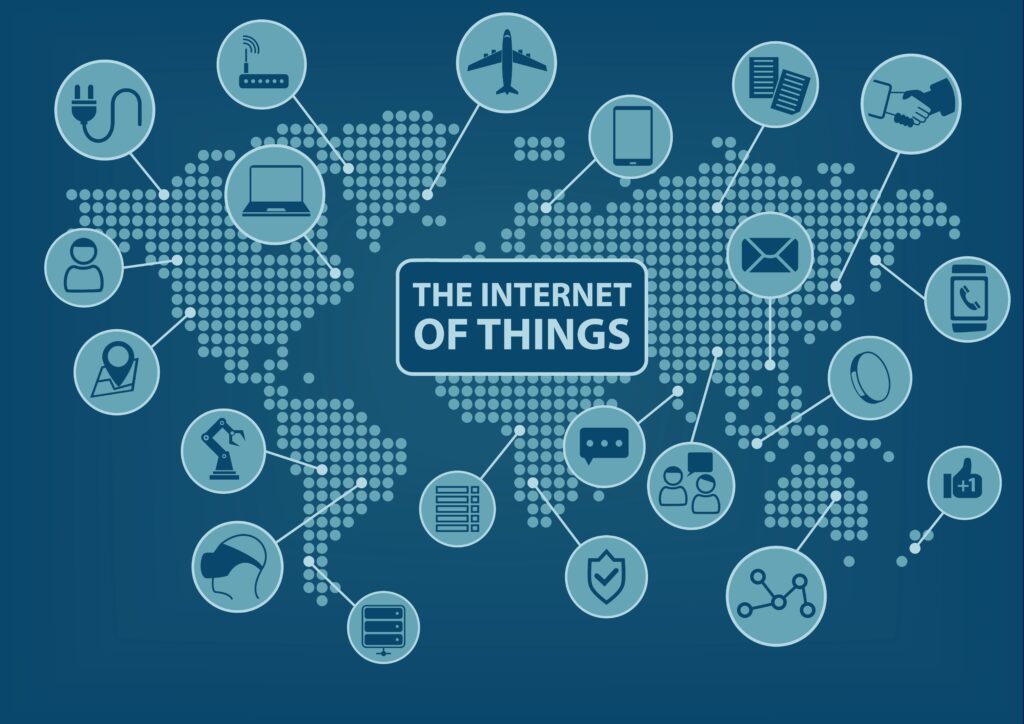
According to technology research firm International Data Corporation, the Internet of Things market will reach $1.4 trillion by 2021. IoT will become an intimate part of our lives, both on the consumer side of things and for industrial applications.
The diversity of IoT devices being brought to market is mindboggling, particularly in the consumer space, and the complexity of the IoT ecosystem is rapidly increasing.
New IoT devices, many of them introduced as DYI (Do-It-Yourself), must not only connect to your WiFi at home or your mobile’s Bluetooth, but also integrate with various IoT platforms –Google, Amazon, Apple and Samsung– among them.
They must also cohabitate or integrate with other IoT devices connected to those same ecosystems.
All this will increasingly force vendors to not only support an increasing number of devices, but in some cases, handle issues that involve platforms or devices made by other manufacturers.
As IoT vendors scale their all-critical customer success operations, and consider combined insource-outsource strategies, they should consider outsourcing five types of support functions, which include but go beyond the traditional product support model.
These five functions are part of the Customer Journey Support model, which calls for accompanying your customer throughout the whole journey, with an end-to-end focus. That is, providing a consistently great customer experience from the time the customer orders your product, to the time they’re -hopefully- ready to upgrade.
So what are these five types of support services? Here’s an overview with some details on each one.
For an in-depth guide on how to grow your IoT business through the Customer Journey Support Model, click here.
1. Order Support
In the consumer Internet of Things, many products are ordered online through vendor’s e-commerce sites.
This is where the customer experience begins. Some customers may need help even generating the order, especially where some sort of service plan accompanies the product and there is more than one option to choose.
Your team can help clients figure that out, generate an order, handle exchanges, process warranties, and track the product’s delivery. By doing this right, you can turn a potential hassle into a relationship-building experience.
2. Onboarding Support
Then there’s onboarding support, such as the physical installation of the product and helping the customer install the app that’s tied to the product.
Although products such as thermostats, security cameras or smart light controls are supposed to be Do-It-Yourself, all this technology is way too new for many users to easily figure out. Onboarding is key. The result of that should be a user ready-to-go and excited to take advantage of the product’s promised value.
Onboarding may include helping users setup the hardware, install the app on their mobile device, and also configure the mobile app once it’s installed.
3. Product Walkthrough
A product walkthrough is different from onboarding.
While onboarding helps the customer install the product to ensure sure it’s ready to use and functions properly, the product walkthrough is designed to help the customer understand HOW to use the product, as well as to inform them of the different functions available.

This kind of assistance is not something that every user will need of course, and vendors could not afford to do it for everyone either, but as these devices reach beyond the more tech-savvy early adopters and the IoT ecosystem gets more complex, it is smart to be prepared to provide additional assistance when needed.
4. Ongoing and Technical Support
Since an IoT device is by definition a connected device and has to play nice with others, (both now and what will come in the future), ongoing product support needs will only increase.
Many factors will contribute to product issues needing support, such as software upgrades, new features, integrating a device with other devices offered by the same vendor or by other vendors, and more.
Ongoing technical (or non-technical) support is a lot of what takes place during the biggest chunk in the customer’s lifetime with a product, and can either be a great source of frustration or a great source of satisfaction for them. Your Customer Lifetime Value (CLV) depends on doing it well.
 5. IoT Ecosystem Support
5. IoT Ecosystem Support
We hesitated in creating a separate category for this type of support, since in theory it falls under the general technical support bucket – but it’s different.
Since the industry is “Internet of Things” – which implies a network of connected devices – vendors will need to provide support that goes beyond support for their own product.
An outsourced vendor that understands the growing IoT ecosystem will make the most sense and help you scale that type of support. IoT manufacturers must go beyond thinking about just their own product, and must instead think about the larger context.
This requires a mental shift, because it extends the areas of responsibility that a vendor will support. Successful consumer IoT vendors will need to think beyond their own product to retain customers and continue to grow.
Conclusion
IoT has added a whole extra set of dimensions to consumers of technology: an exponential increase in product complexity compounded by connectivity to the wider Internet.
Accompanying your customer throughout the complexity of this journey means putting the right systems, tools and team in place. As a product manufacturer, make sure that you think in terms of that journey. Start by identifying the key touch-points along it. Then think through which may be best for your own team to take on, and which you may need to scale through a partner. We’ve provided a few ideas here that should help you provide a quality, consistent customer experience.
To really determine how you need to scale your customer journey support operations and what you can and cannot to outsource to an external vendor, check out our article on the Customer Journey Support process, and check out Step 3: “Identify “outsourceable” v. internal operational assignments.”
For an in-depth guide on how to grow your IoT business through the Customer Journey Support Model, click here.



